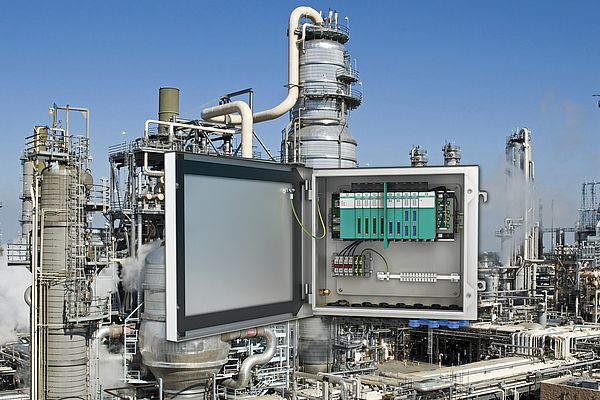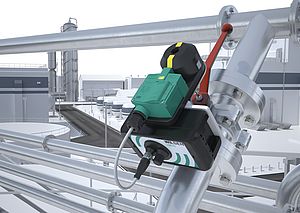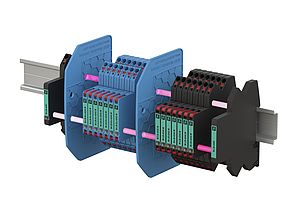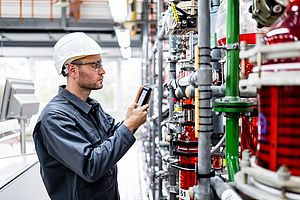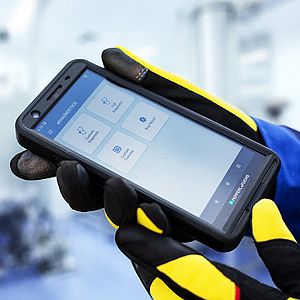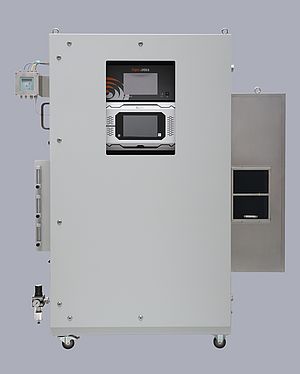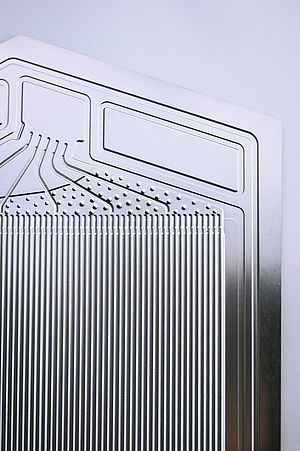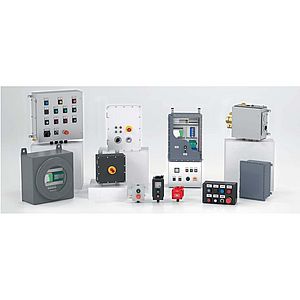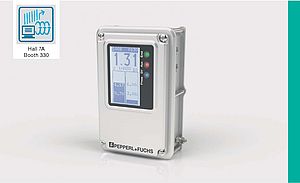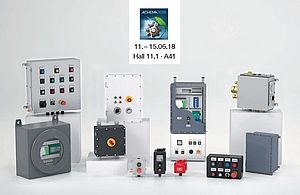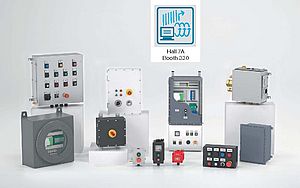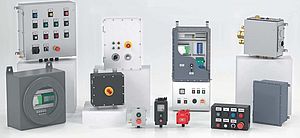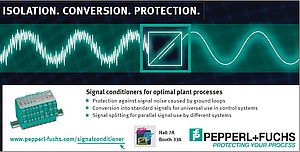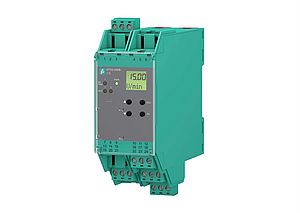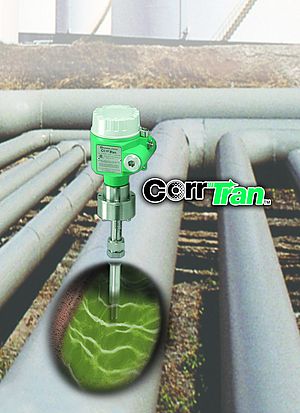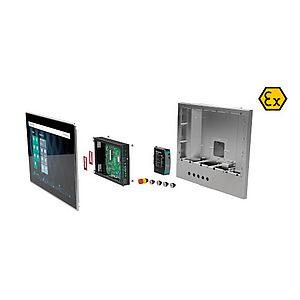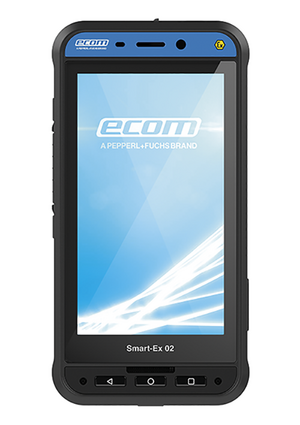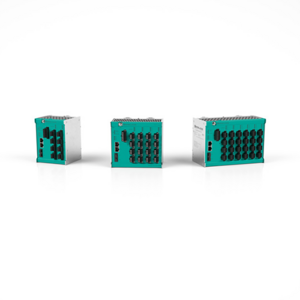When an existing process plant calls for a major upgrade, it makes sense to introduce new technologies while keeping established infrastructure components. Remote I/O represents an intelligent technology to fully integrate existing field instrumentation into any modern PCS.
Sooner or later, any process plant will reach the point when it’s time for a major upgrade. With most plants, it is the process control system (PCS) that triggers the decision. One reason is the problem with getting spare parts for an outdated system, another is the increasing difficulty of finding a service technician still familiar with such technology.
Many older process plants work with a heterogenous control system consisting of multiple proprietary solutions, which do not really interact seamlessly. Thus the control room staff has to deal with different user interfaces. There is also no way to fully control all aspects of the process plant, limiting process automation.
PCS technology has seen dramatic developments, especially in recent years. Process Automation with today's technology not only provides an unlimited view of the complete process plant down to each field device, it also allows real-time communication with the company's ERP system. The benefit is a seamless communication infrastructure from order processing through production planning to the automated control of each individual process. Nobody needs to explain to a professional what tremendous impact this has on the flexibility, agility, and efficiency of an organization.
Maintaining the system
The various procedures in a plant usually have gone through a continuous process of development, improvement, and fine tuning. Losing this know-how carries a high risk. Changing proven processes involves high development and installation efforts. Most companies refrain from installing a completely new system and choose a soft upgrade instead. Thus existing field instrumentation will be replaced only where it will lead to higher process security and plant availability.
At Pepperl+Fuchs, R&D engineers have come up with a highly cost-effective technology to enable plant operators to seamlessly integrate existing plant instrumentation into one of the modern PCS solutions with their fieldbus infrastructure.
The manufacturer's range of Remote/IO products falls into two categories: FB Remote/IO components matching the requirements for Zone 1 and Zone 21 operation and converting analog signals coming from hazardous areas for communication with a fieldbus-based infrastructure. LB Remote/IO components are their counterparts for Zone 2 or Zone 22 installation.
The LB Remote/IO components are known for their compact design. With a width of only 16mm and reduced overall dimensions, they require very little space in the switching cabinet. Status LEDs for each channel are a practical feature for fast on-site verification. These LEDs indicate a range of operating and error conditions.
Linking system worlds
Remote I/O components serve as an interface between the digital fieldbus world and the analog world still dominant at the field device level. Sabrina Weiland, Product Marketing Manager at Pepperl+Fuchs, explains the advantage of such a concept:
“Usually our Remote I/Os are installed in small cabinets, where they are protected from corrosion and adverse environmental conditions. These cabinets are located at convenient locations throughout the plant. This means that dedicated cables to each field instrument are kept at minimum length. All Remote I/O cabinets are connected to the fieldbus. In this way, full integration into the digital communications infrastructure can be achieved with minimum wiring.”
Saving space, time, and efforts
Such a decentralized infrastructure results in considerable cost benefits. With existing point-to-point connections, there is no need for extensive wiring, since the field devices only need to be connected to the Remote I/O locations via already existing cables.
Any system installer will quickly realize that such a concept requires only a fraction of the wiring efforts typical of conventional process control systems. Plus it eliminates installing and wiring numerous distribution cabinets at field level. This means that countless dedicated lines become obsolete while the communications infrastructure is simplified dramatically. Adding new field devices requires only a relatively short wire connection to link them to the nearest Remote I/O cabinet.
Increasing plant availability
Combining Remote I/O with HART to access real-time process data, as well as device settings and device status information directly from the control room allows an increased level of automatic process control and enables continuous device monitoring.
Real-time device information speeds up troubleshooting in case of a device failure. Service technicians do not need to go on-site to find out what the problem is. Instead, they are provided with an alarm message including all vital status information for the device. With this advance information, they can solve any problem in the least amount of time.
But this is only the first step towards reduced downtime and improved plant availability. An even better concept is proactive maintenance during routine maintenance shutdowns. For this purpose, all parameters that determine the working condition of a device are monitored constantly. If one value drops below a specified level, the device is listed for servicing during the next scheduled maintenance. As a result, emergency shutdowns are drastically reduced, as devices are serviced according to an actual need.
Considering all these advantages, it is not surprising that Remote I/O is the new buzzword when it comes to upgrading an existing process plants to benefit from today's PCS technology. This technology makes it possible to reach new levels of flexibility, quality control, process security, and plant availability.


